Best Places to Visit in Iran in Spring + Photos
During your Iran tour you will be amazed by the natural beauties and wildlife of the country as much as astonishing array of historic sites of ancient Iran. Because Iran covers a huge area it has an abundant number of natural attractions and in spring season it becomes the promise land for those who love fantastic sceneries and love to observe unusual birds or mammals in national parks and protected areas.
From Caspian shores to the coast of Persian Gulf and the sea of Oman, entire Iran is at its best on spring but the unmissable places during your travel in Iran are Alborz and Zagros Mountains.
The cities on the Caspian shore are magnificent destinations for all seasons but they are at their best during spring season. The greens are at their brightest and the weather is very pleasant. In fact in spring the weather all over Iran is at its best. Guilan, Mazandaran, and Golestan are the provinces on the coast of Caspian Sea and have gorgeous sceneries because of their location.
To enjoy the fresh greenery of north of Iran you must travel to this place on May, however the travel season lasts till the end of summer.
The Alborz Mountains sitting on the south of the three provinces blocks all the humidity and the clouds in this region which make summer days cooler compare to the central parts of Iran. Siahkal, a city in Guilan is one of the best places to go in spring. The city has both flat lands covered by lush vegetation and mountainous areas. Siahkal has many caves, waterfalls, mausoleums, historic castles, and caravansarais for visit and also a major reputation for its excellent weather.
Dorfak peak (2700m) known as the roof of Gilan is an extinct volcano and is covered by forests from the base to the top. On the way to the top of this mountain you will enjoy the scenery with the shepherds and flocks grazing on the rich grass of the mountain in thick fog and clouds.
A beautiful countryside on east of Guilan is Deylaman. This region connects to Alborz Mountains on south and to Dorfak Mountain on the east. Deylaman wilderness is mountainous with many caves, springs, and rivers and also more than 2000 years of human inhibition in the region according to the pottery and copper tools found in the area.
While staying in Guilan province try the finest black tea of Iran that is grown in Lahijan city. Also you must try Mirzaghasemi, Fesenjan, and Kabab Torsh that is the traditional Persian Kabab with the addition of pomegranate sauce!
In your Iran tour if you travel to the north-west side of the country you will see many stepped villages like Masouleh on the mountain slopes.
Uraman in Kurdish language is pronounced as Howraman or Awraman is located between Iran and Iraq in Kurdistan province of Iran. Howraman means the land of sun; Howra or Ahowra meaning sun and Mon meaning house or land. This region has soaring mountains, curving rivers, and deep valleys.
Palangan, Hajij, and Uraman Takht are historic villages in Howraman and are built on slopes of Zagros Mountain and have stair-shaped architecture.
Palangan village is one of the gorgeous stepped villages of Iran in Kurdistan province. Palangan dates back to pre-Islamic era and the houses of the village are made of stone. Besides the beautiful structure of its houses there are a lot of springs and waterfalls with stepped structure streaming down the valley and all of them pour into the Tangivar River that runs in the middle of the village and divides it into two parts. Tangivar River flows into Sirvan River that merges with Alvand River. It enters Iraq as Diyala River and at the end empties in Tigris River. There are the ruins of a pre-Islamic castle with fire temples and remaining of an ancient cemetery in the village.
Hajij is another stepped village in Kermanshah province on slopes of Zagros Mountain. Going up the stairs of the village, strolling in the alleys with tall trees, colorful wild plants, and the big Sirvan River create one of the most striking sceneries before your eyes to refresh your soul.
And there is the gem of Kurdistan, Hawraman Takht.
After a long journey on a hairpin road from Sanandaj the stepped village will appear sitting on the slopes. The village was the capital of Awraman’s kingdom and it is a whole different world. Hawraman is a peaceful quite atmosphere sitting on the steep hillside with houses facing out the valley. Same as other stepped villages in Iran the roof of each house is the terrace of the house above. This village is a popular destination for travelers because of Pir-e Shaliar celebration that happens twice a year; once on February and the second time on May and attracts a lot of tourist to the village every year.
The celebration is one thousand years old and is the wedding anniversary of Pir-e Shaliar with the daughter of Bukhara’s king who was not able to hear or speak and was cured by Pir-e Shaliar. The king indicated whoever treated his daughter will marry her and Pir-e Shaliar was the lucky man. Playing Daf Drums, dancing Darvishes, and delivering speeches on Pir-e Shaliar personality are the traditions of the day. The celebration starts with distributing walnuts in the village and goes on for three days.
Since Iran is a four-season country you will see every season vividly with the most glorious sceneries especial to that season. The magical spring comes with wild plants and flowers growing every wear and it is the time to see the endemic plants and pick medicinal plants in the mountains.
One of the endemic flowers that you can see in your travel in Iran is Fritillaria imperialis known by the name inverted tulip or the Tear of Maryam among Iranian. According to a myth these flowers saw the murder of Siavash, one of the brave soldiers in the epic Shahname, by his enemies so the tulip bent out of sorrow and shed tears. The tears are actually the colorless sap that runs down the flower. This imperial flower is fully grown in May and lives for one month only. Fritillaria imperialis is a native to Iran and was taken to Europe by European tourists in 1576.
Lilium ledebourii that was discovered by Carl Friedrich von Ledebour, a German-Estonian botanist, is an extraordinarily beautiful flower from Lily family that grows on two regions on Earth only. One is in Amarlu region, Guilan province of Iran and the other is in Azerbaijan. The flowering season for Lilium ledebourii lasts about one month and starts on May. Iranians call it Susan-e Chelcheragh, Chelcheragh meaning chandelier because the flower lightens up at night. The reason for the phenomena is that there is fluorescence in the stamen of the flower so at night it reflects the light it absorbed during the day. Lilium ledebourii has been registered in the natural heritage list of Iran.
Persian ironwood with the scientific name Parrotia persica is an endemic tree in Alborz Mountains. This tree was found and named by Friedrich Parrot, the German naturalist and traveler on Caspian coasts. The leaves of this deciduous tree are reddish-purple in spring, dark green in summer, and yellow orange in fall. Different vibrant colors of the leaves create astonishing sceneries in the forests of Caspian Sea shores.
Extracting the world’s finest rose water in Kashan, Citrus aurantium blossoms blooming in Shiraz, ancient Rudkhan castle sitting on a hill in green forests of Guilan, Dehdez village on the shores of Karoon River, deep canyons, gorgeous waterfalls, and soaring mountains are the breathtaking sceneries that you will enjoy throughout your tour to Iran in spring season.
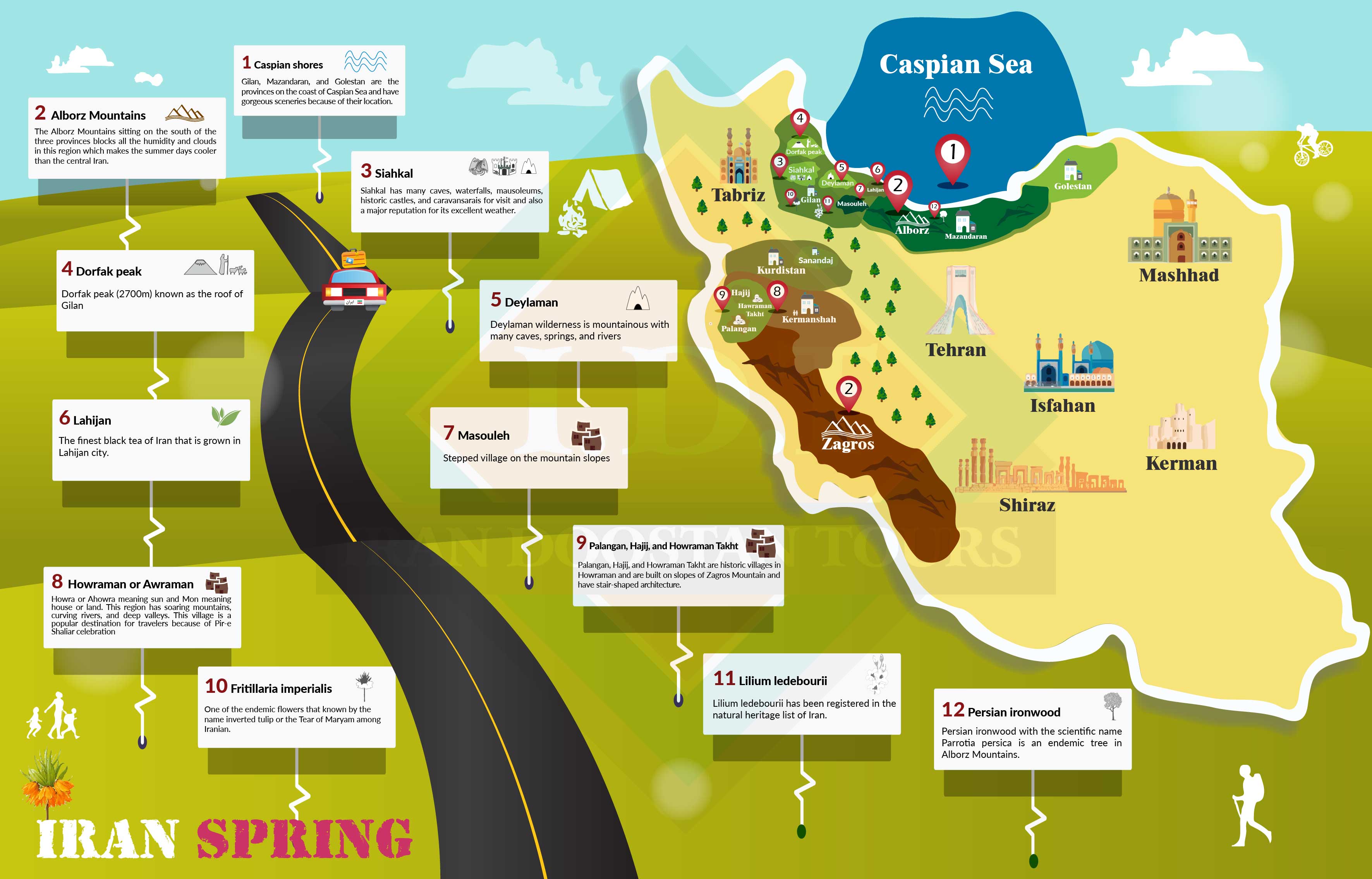 Spring Destinations for your Iran Tour
Spring Destinations for your Iran Tour
Maybe the best places to visit in Iran is also interesting for you.


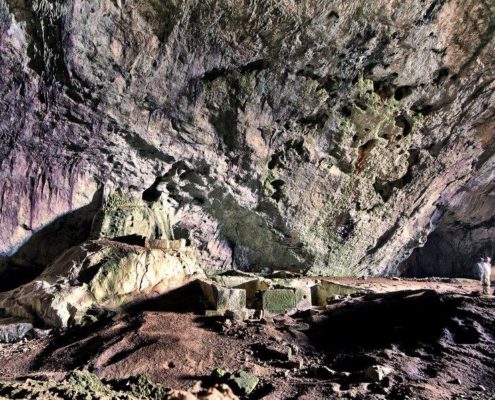
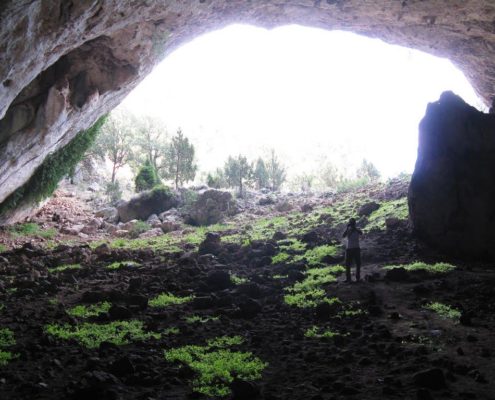
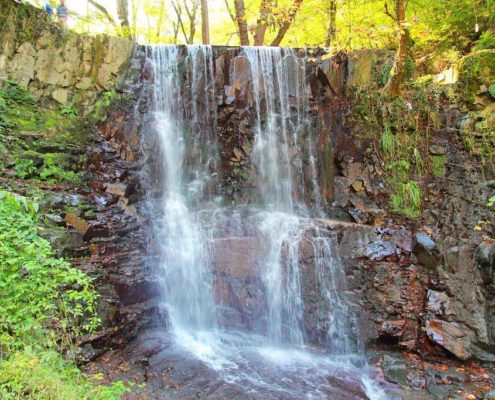

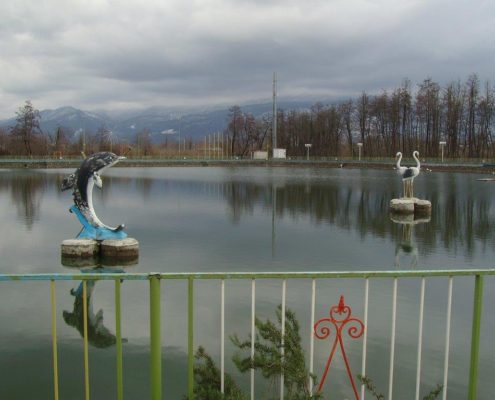
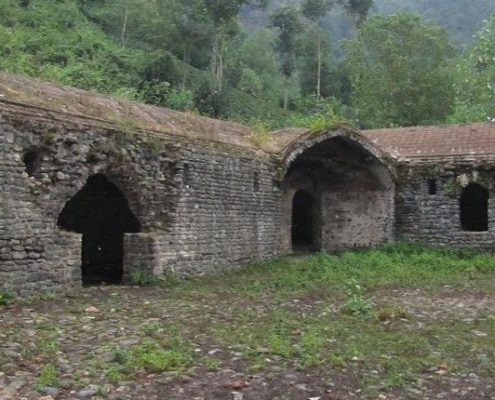
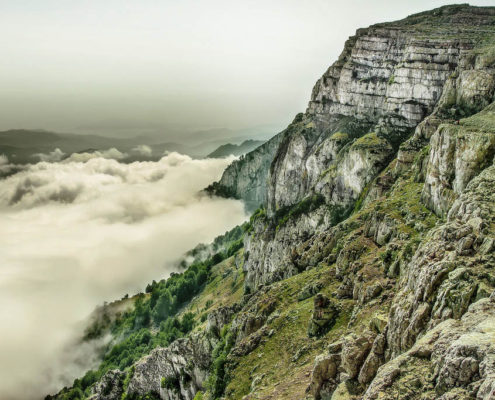
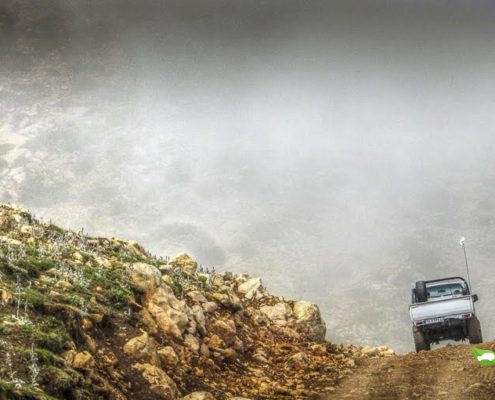
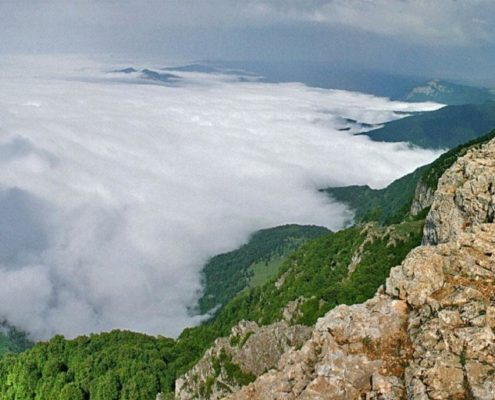
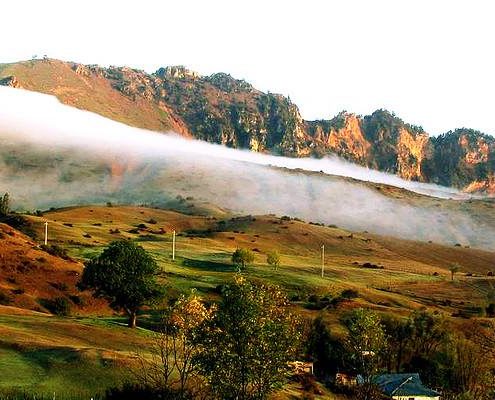
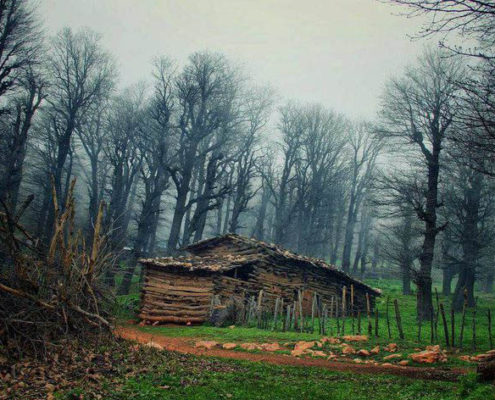
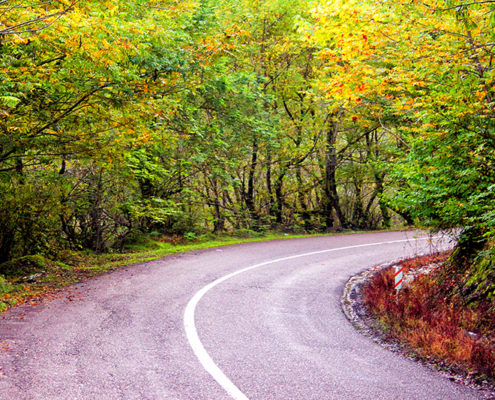
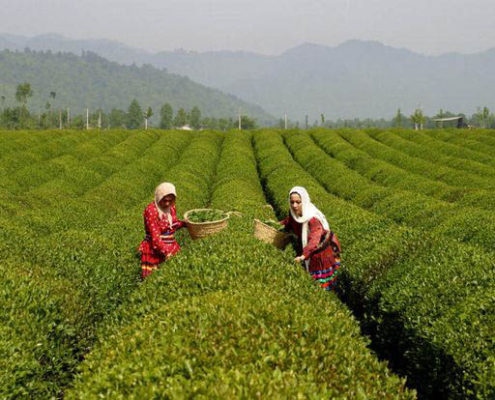

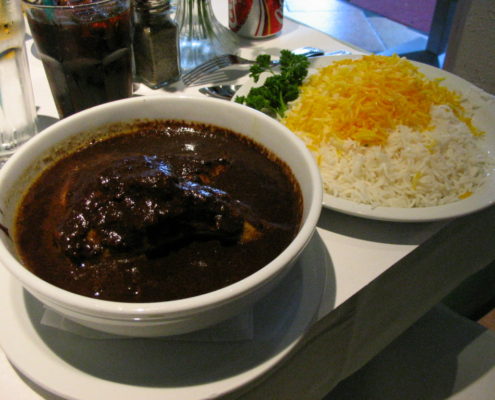
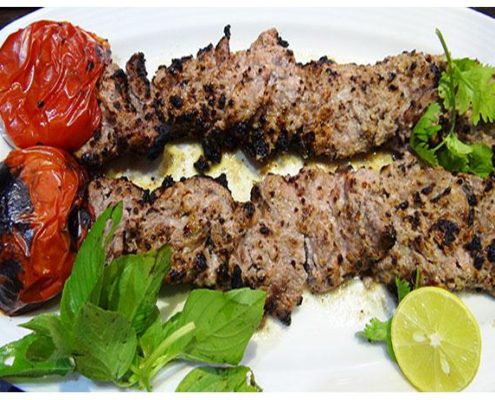
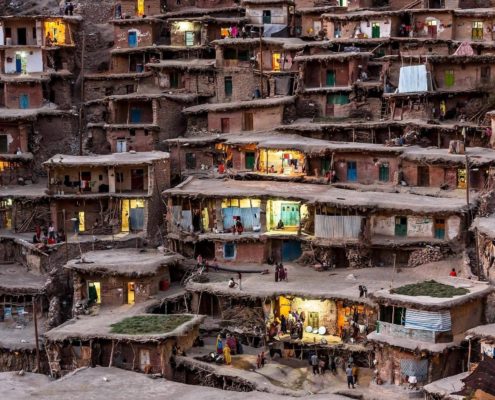
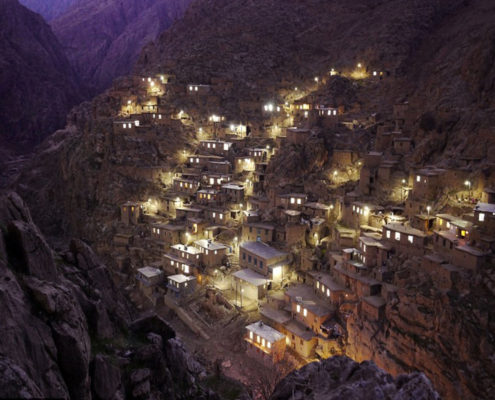
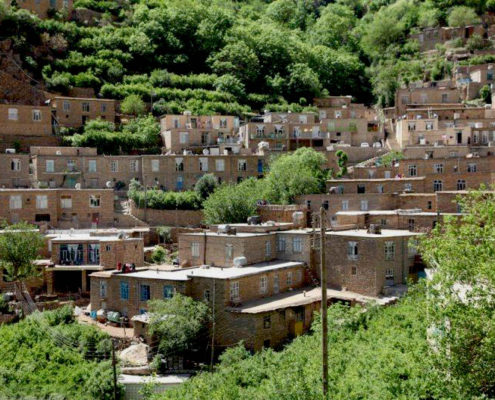
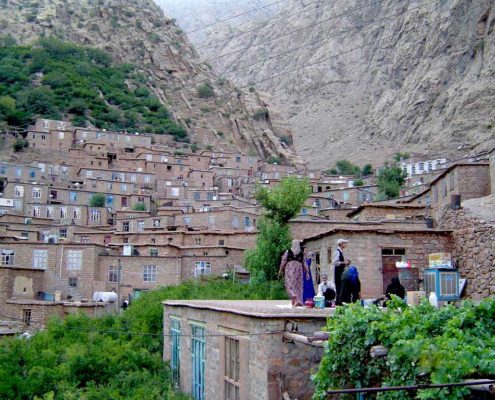
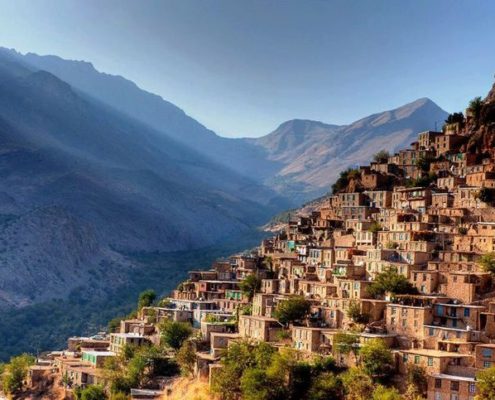
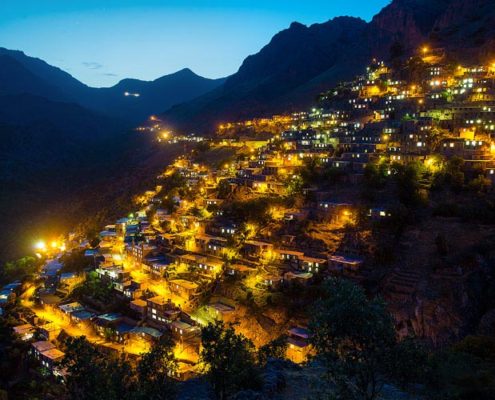
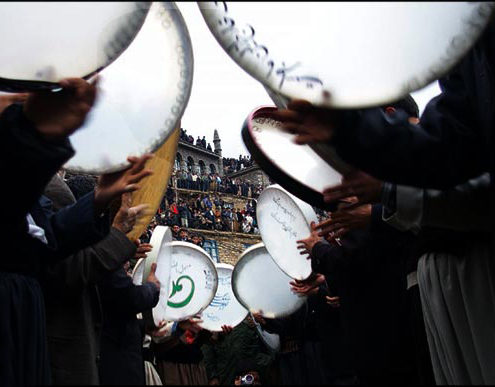
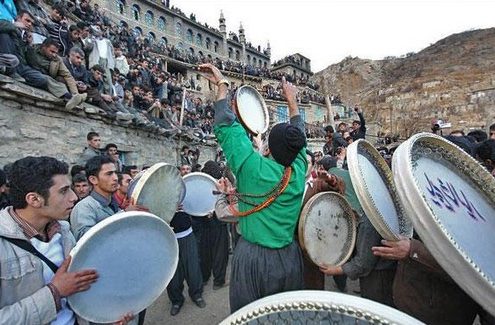
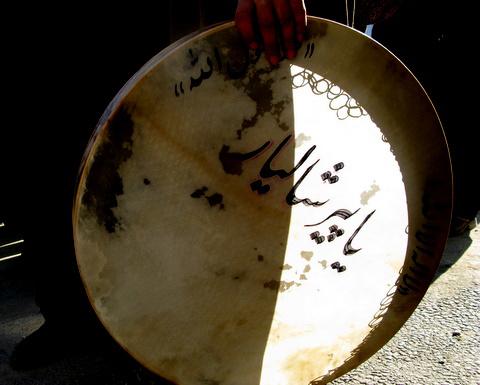
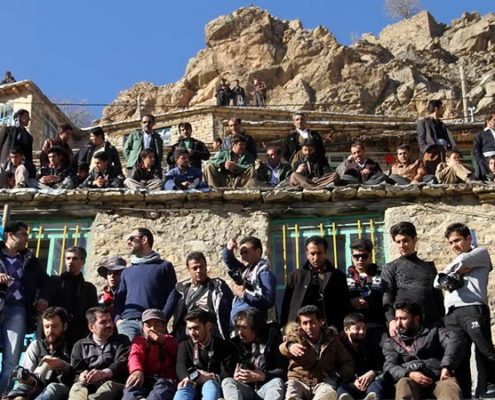
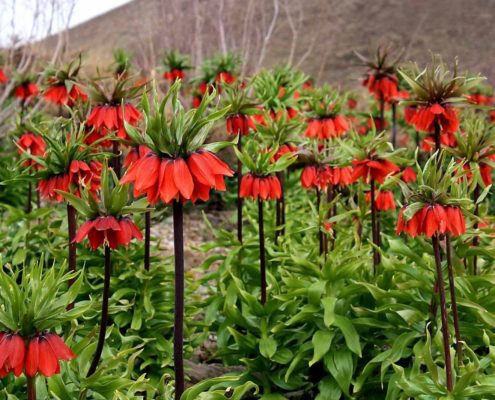
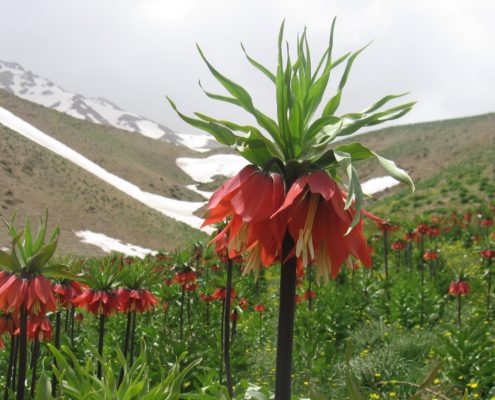
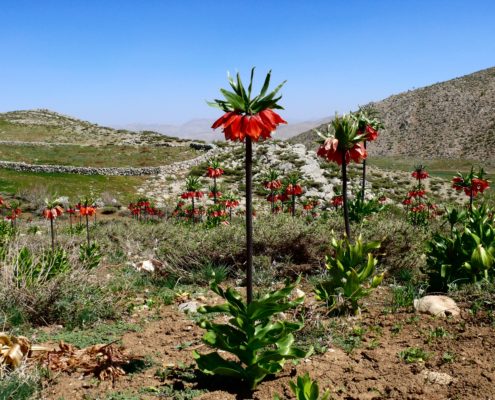
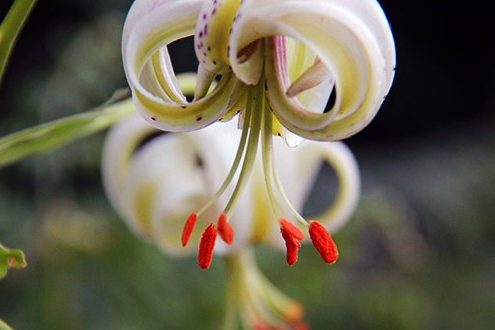

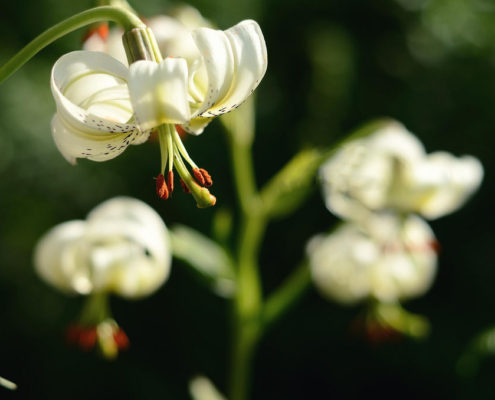
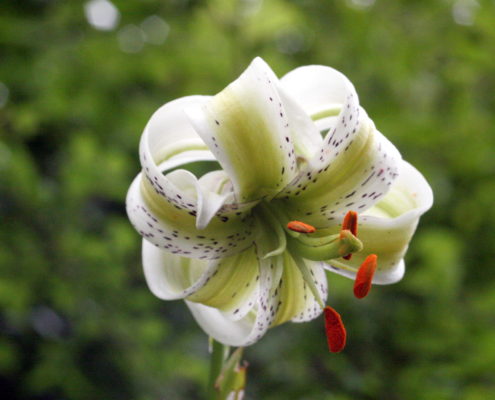
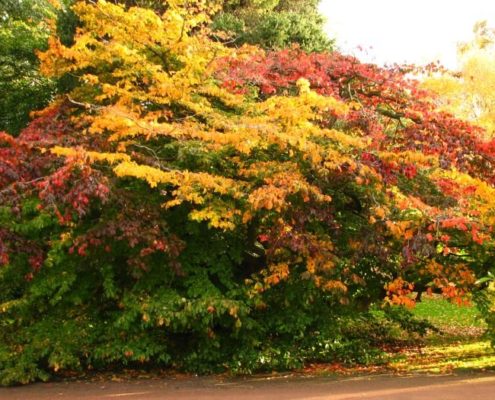
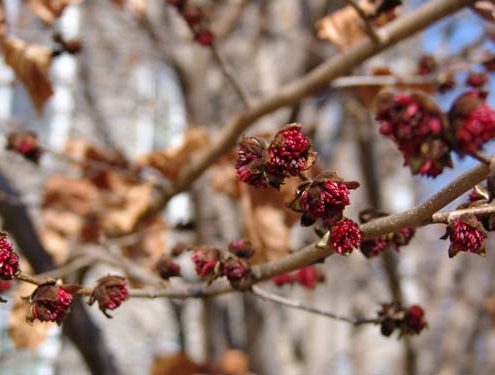


Leave a Reply
Want to join the discussion?Feel free to contribute!